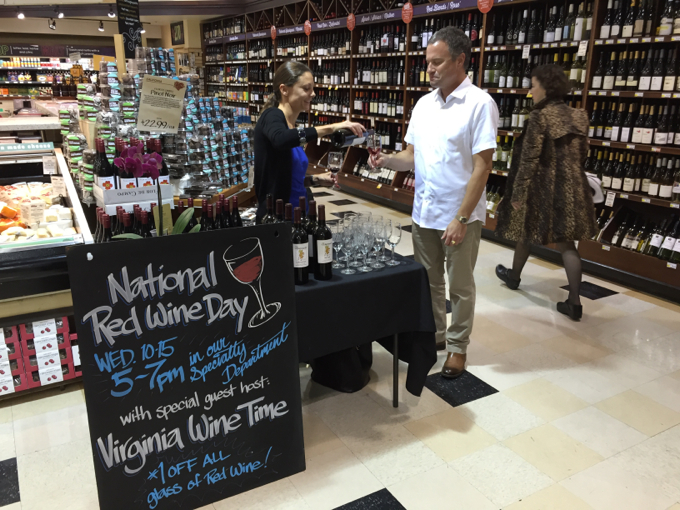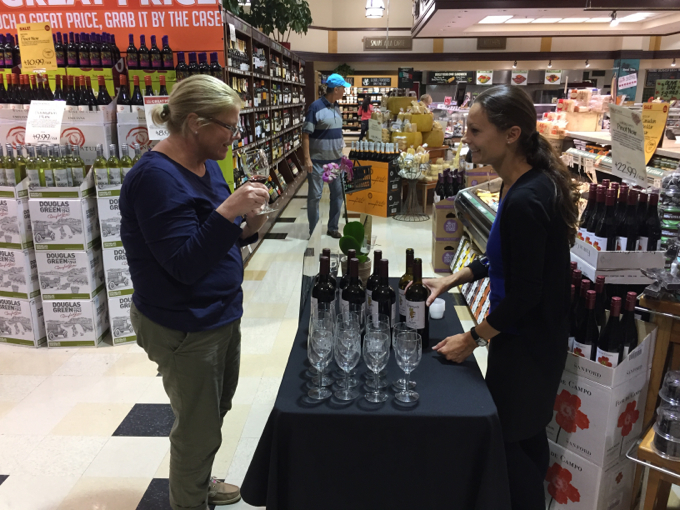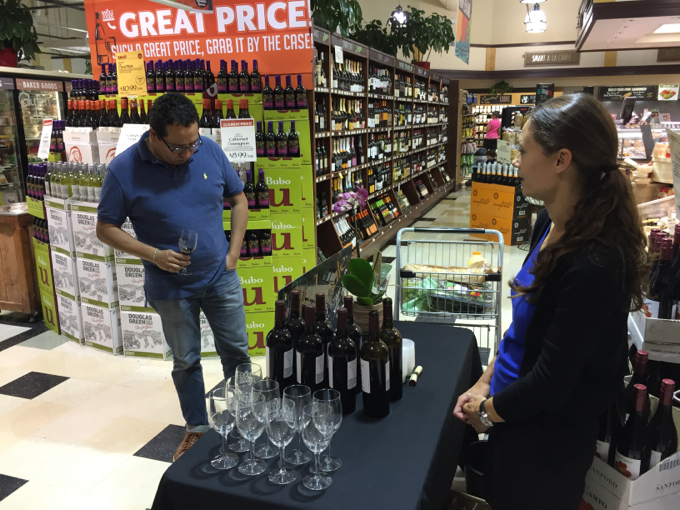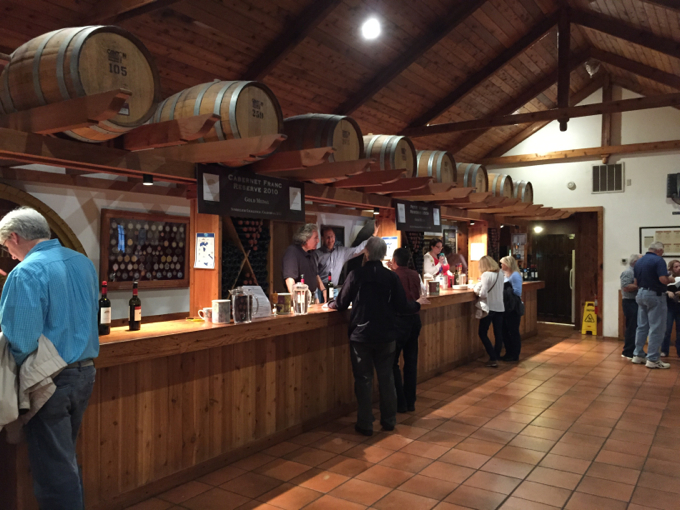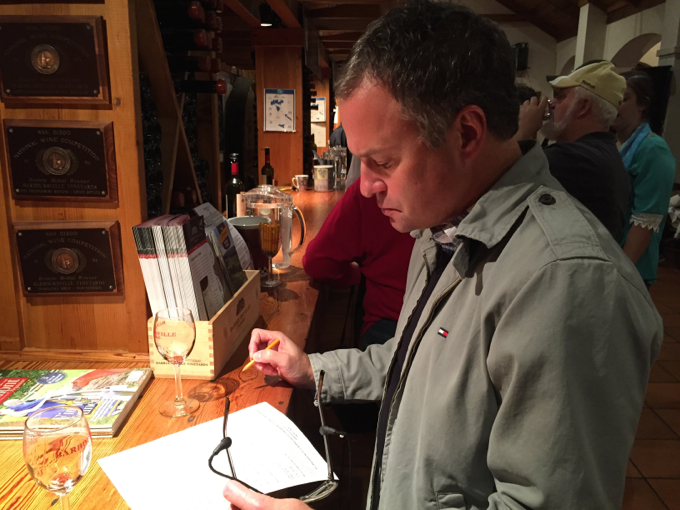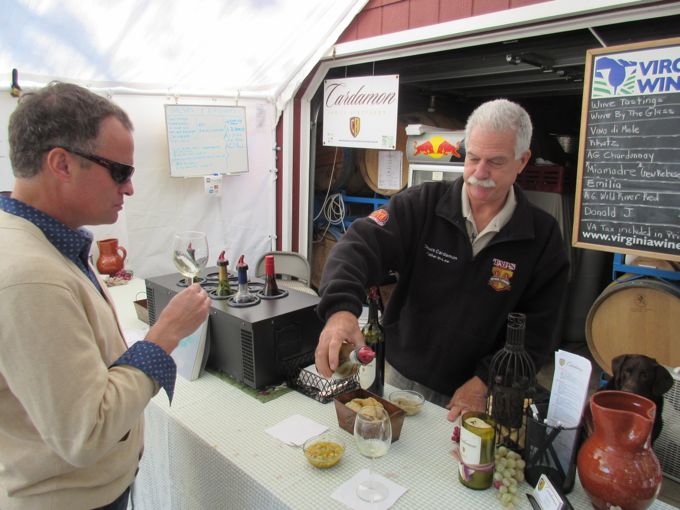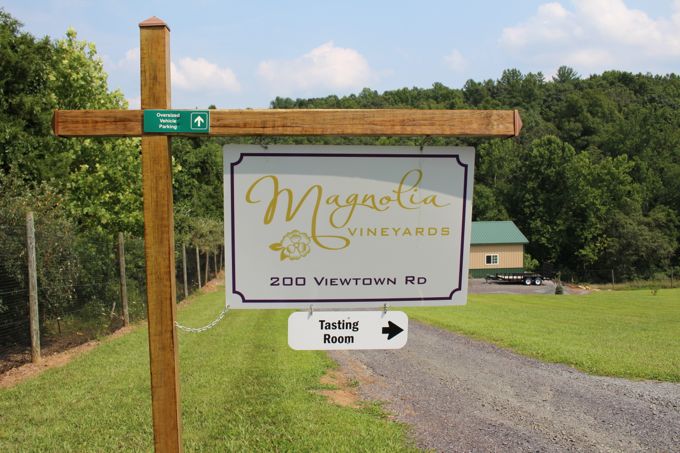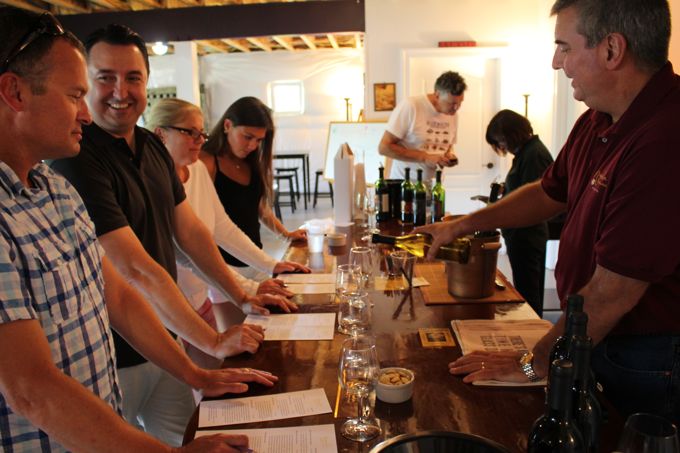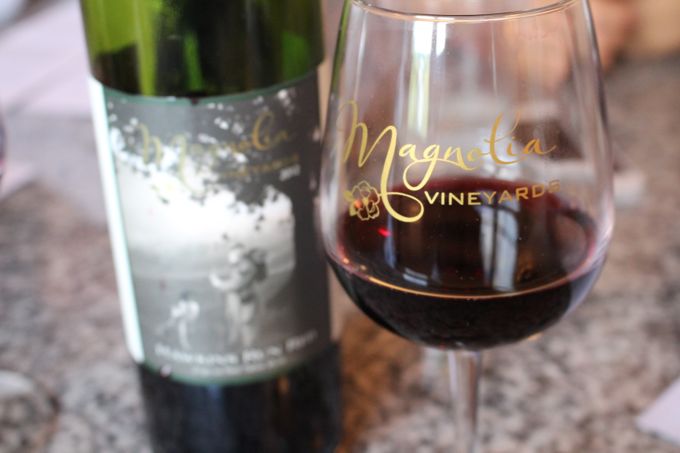https://www.scarpellino.com/hdfof8r We always look forward to trying new wineries especially those that seem to have making quality wines at the top of the agenda. These days we frequently encounter the “events first” philosophy in which hosting weddings and parties seem to trump making wine. At Chestnut Oak Vineyard, we encountered a tasting room still in construction but good wines already in the bottle.
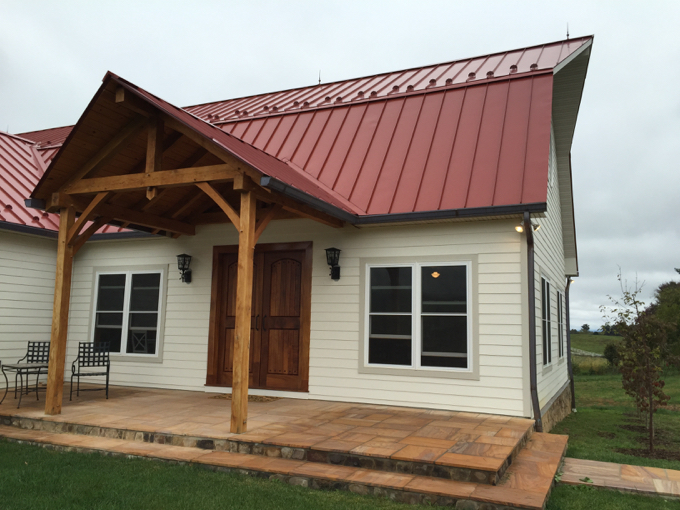
Can U Buy Ambien In Mexico Chestnut Oak opened to the public six weeks ago. Tyler, our wine educator and assistant to winemaker David Eiserman, conducted our tasting; I must admit that I was impressed with his passion for the wines at Chestnut Oak. Premier winemaker Michael Shaps made the current wine offering; however, the 2014 vintages will feature estate grown grapes crafted by Eiserman. The tasting began with a very fruity 2010 Rose that was a blend of Cabernet Sauvignon and Petit Manseng. At 1% residual sugar, it was a pleasing sipper. Three vintages of Petit Manseng were next on tap, and these included pours from 2009, 2011, and 2012. These were all quite distinctive growing seasons with 2011 proving to be the trickiest of the three. After all is was the year that Hurricane Irene came calling with howling winds and tons of rain right at harvest time. So call me weird, but the 2011 Petit Manseng was my favorite of the bunch with the 2012 a close second. The 2011 vintage presented a delicate fruity nose with tropical fruit notes and a pleasant acidity; in the end, I found it to be the most balanced wine of the trio.
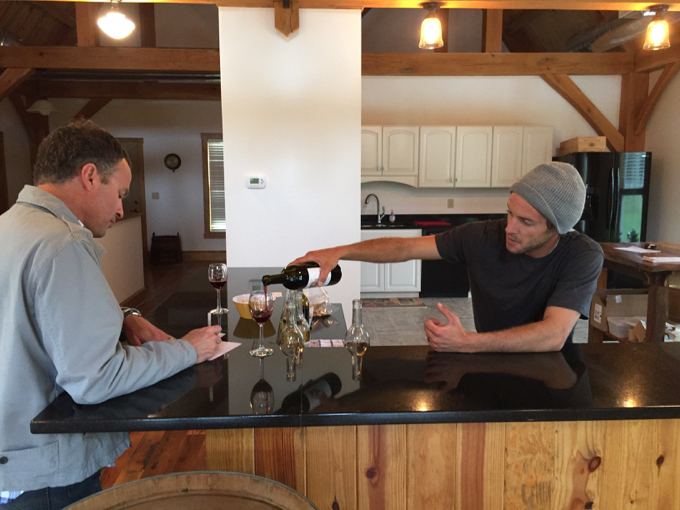
https://ballymenachamber.co.uk/?p=9ww9zwpzpoy The red wines included the 2009 Cabernet Sauvignon and the 2010 Cabernet Sauvignon, and this provided yet another contrast in growing seasons. The 2009 growing season proved to be a classic Virginia summer with average rainfall, warm days, and muggy nights. The 2010 season was a blockbuster for red wines; it was hot and dry with California-like conditions for all of the summer. The 2009 vintage was the lighter-bodied of the two with tobacco and sandalwood notes and a cherry palate that lingered for a while in the mouth. It contrasted with the bolder 2010 vintage with its dark fruit elements, tobacco notes, and chewier tannins. Paul favored the 2009 Cabernet Sauvignon; I gave a nod to the more complex 2010 vintage.
Order Ambien Online Overnight 
Of course, as we asked Tyler lots of questions as we sipped and savored. Current case production is about 90 cases per varietal. The 2014 vintages created by Eiserman will continue to showcase Petit Manseng and Cabernet Sauvignon; however, other varietals grown on the estate include Nebbiolo, Merlot, Petit Verdot, and the state grape, Viognier. The goal is to create limited production wines that best feature the terrior on the Chestnut Oak estate.

During our chat, Paul and I admired the murals that lined the interior walls of a tasting room that is still in the finishing stages. We sense a bright future for Chestnut Oak Vineyard and know that we will return soon. Plan a visit to this up and coming winery, and mention to Tyler that Virginia Wine Time sent you!
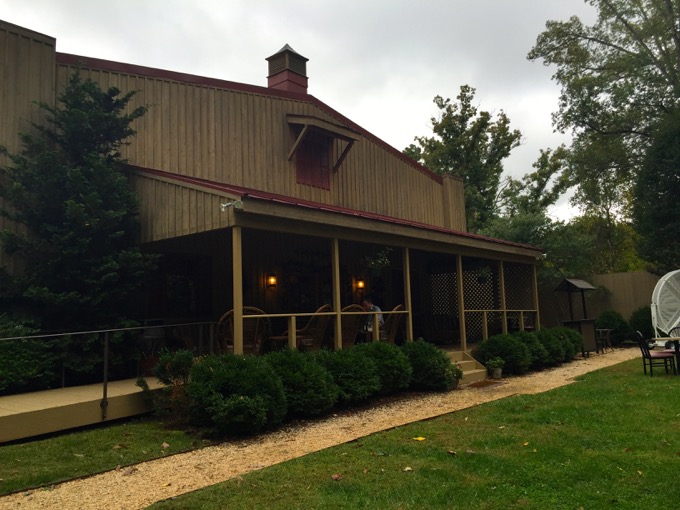
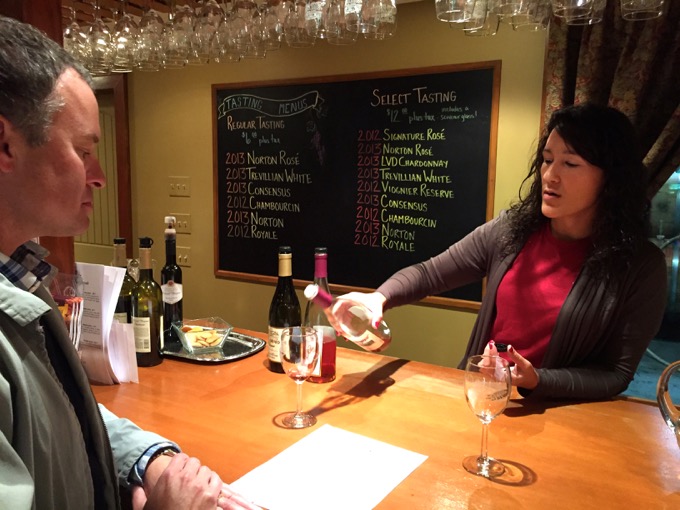
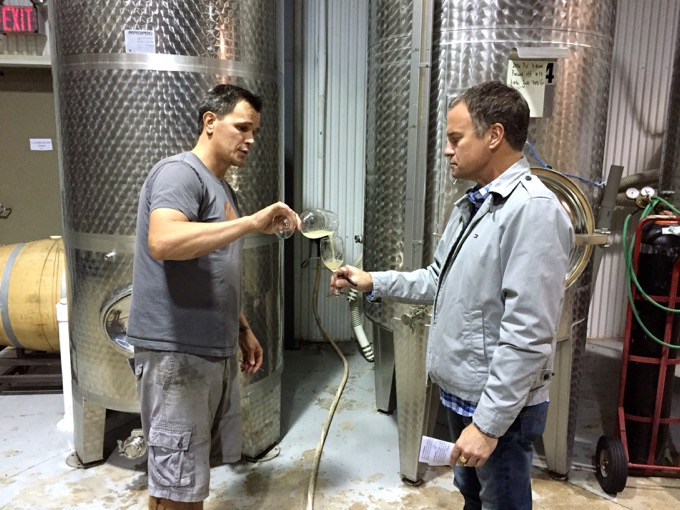

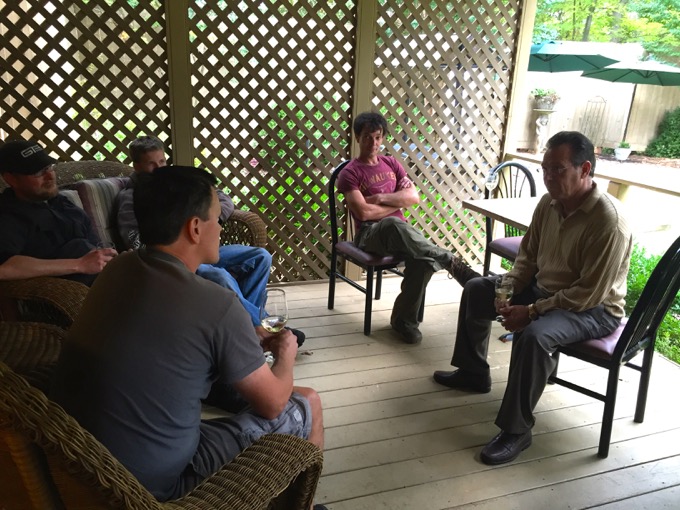





 October is Virginia Wine Month, and on this past Wednesday the
October is Virginia Wine Month, and on this past Wednesday the 